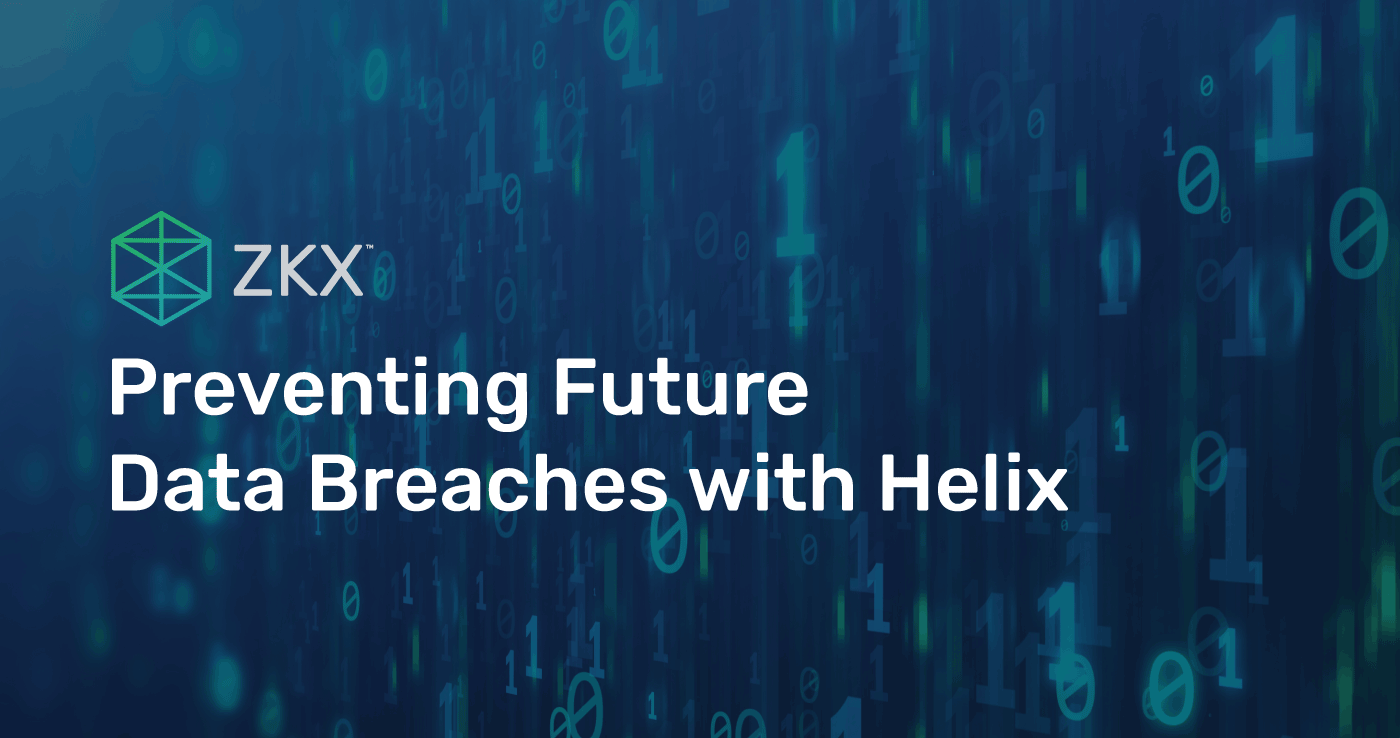AT&T has confirmed a data breach of call and text records between May 1, 2022, and October 31, 2022. Though the records do not contain the actual content of these interactions or personal data such as social security numbers, they did include phone numbers, quantities of text messages and calls, call duration, and information to reference cell tower usage, which may be used to determine users’ location.
What Does This Mean?
This means data brokers now have more information to sell to scammers for more efficient manipulation. While customer names may not have been part of the data leaked from AT&T it does not guarantee scammers cannot easily acquire this information — if they don’t have it already. What is very unnerving is that scammers can craft even more accurate and personal attacks by impersonating the people you regularly call or text.
How Did This Happen?
According to AT&T, the data breach was caused by records stolen from Snowflake, a large cloud data company AT&T uses to analyze its customer’s data. AT&T was one of 165 customers affected by Snowflake’s data breach. In their response to this data breach, Snowflake stated “Research indicates that these types of attacks are performed with our customers’ user credentials that were exposed through unrelated cyber threat activity. To date, we do not believe this activity is caused by any vulnerability, misconfiguration, or malicious activity within the Snowflake product.” Regardless of how the data was accessed, the fact is bad actors gained access to these accounts.
What About ZKX?
ZKX’s Helix would have prevented this entire data breach by employing a patented Multifactor Authentication (MFA) system. Because ZKX MFA is continuous, an adversary would have to successfully cheat a series of authentication challenges with every step they attempted to make on AT&T’s network.
Furthermore, because ZKX MFA requires both the user and the registered device for successful authentication, any malicious actor would have been completely unable to gain a foothold into the network in the first place.
ZKX technology uses zero-knowledge proofs to drive all MFA transactions, so even if a credential was compromised, it sill wouldn’t provide a hacker with enough information. Finally, ZKX technology doesn’t store any secret information (such as usernames or passwords) on the network, effectively eliminating the possibility of this data leaking into the hands of a threat actor.
Conclusion
This latest massive data breach once again underscores the need for companies large and small to take cybersecurity more seriously. Investing in the right technology can greatly decrease a bad actor’s capability to access restricted information. ZKX MFA is simple to use while being extremely efficient in its performance.

